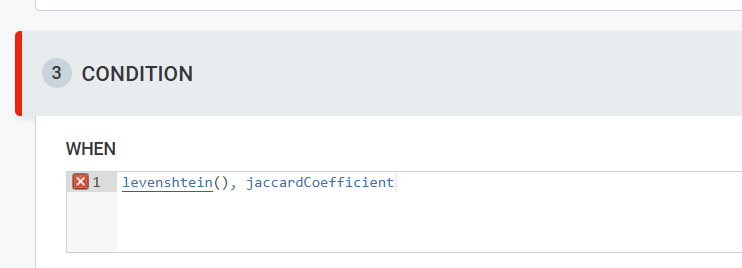Hi
I would like to ask whether we could do fuzzy check in Ataccama that involves two different datasets let’s say Set 1 and Set 2 from different data sources. Please note that both datasets have different number of columns but fuzzy checks involved only customer name and address. However, these datasets don’t have any unique identifier. Is it achievable in Ataccama and what would be the possible steps to achieve the results after the fuzzy checks? Thanks.











